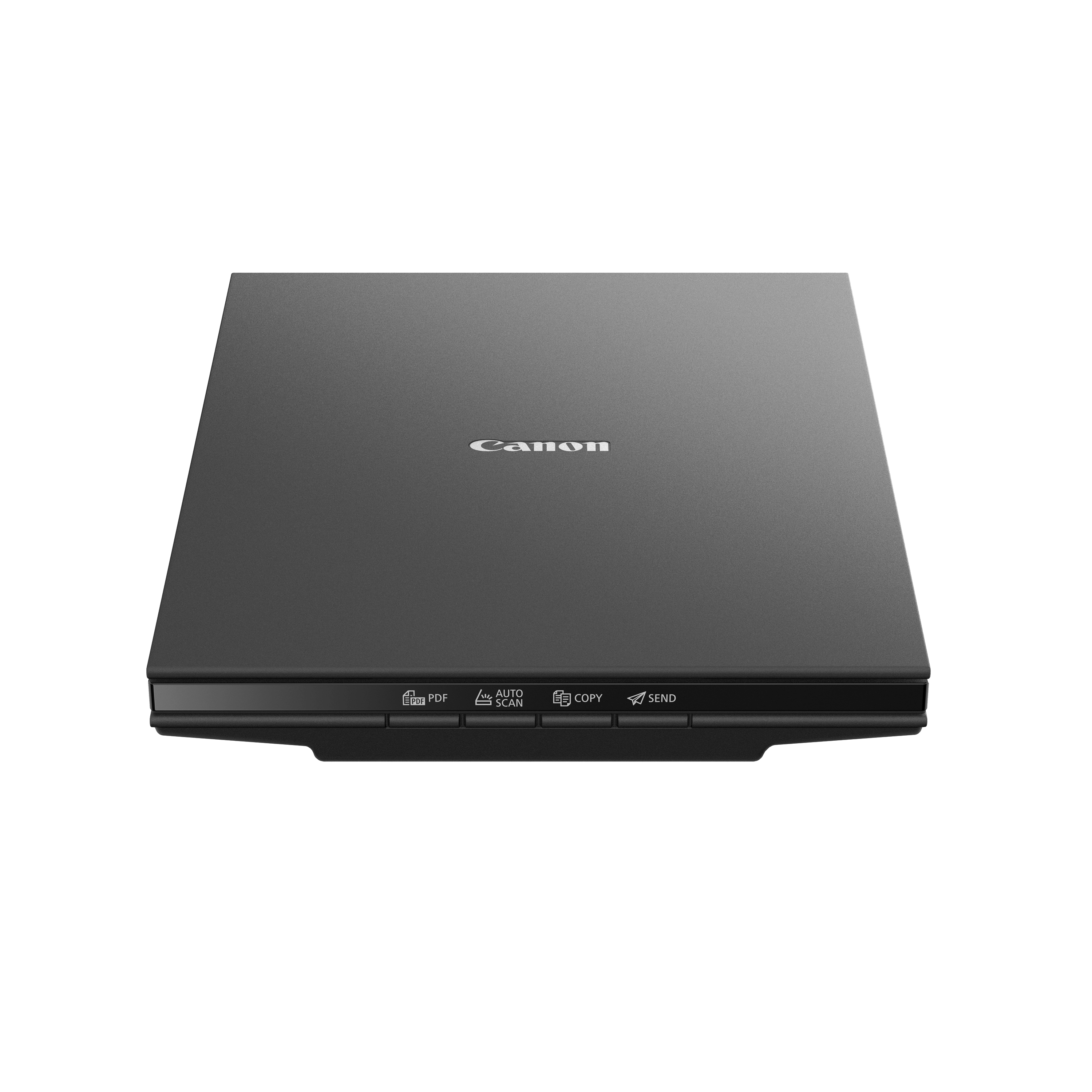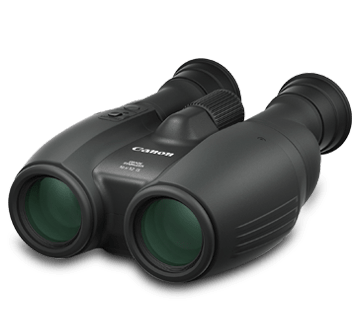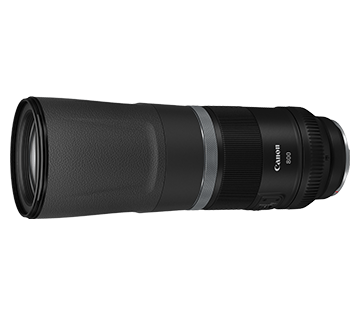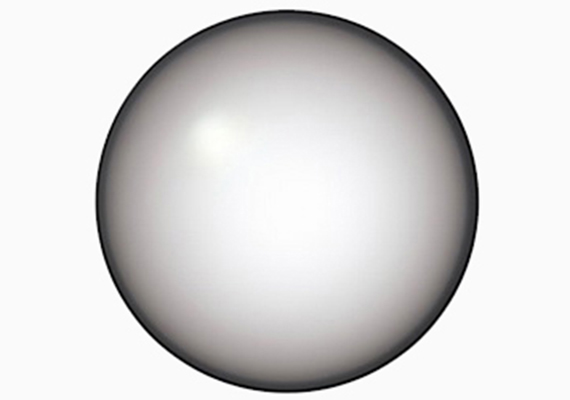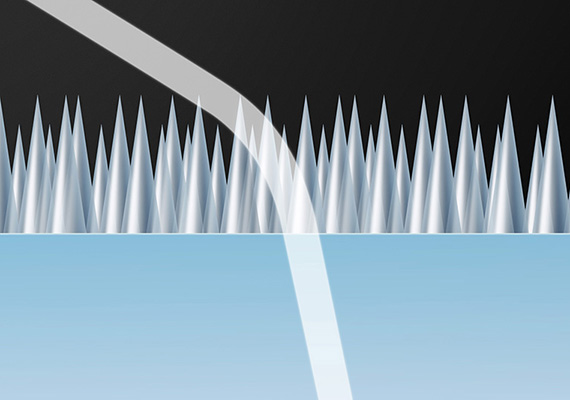The 3rd Generation DO Lens:Gapless dual-layered diffractive optical elements
In September 2014, Canon announced the EF 400mm f/4 DO IS II USM compact super telephoto lens that incorporates the newly developed gapless dual-layered diffractive optical element. The gapless dual-layered diffractive optical element aims to improve the diffraction flare issue found in existing DO lens, bringing very high image quality while also being compact and lightweight. This lens is optimal for situations where it will be carried for lengthy periods such as mountain climbing, or nature photography. In July 2020, Canon announced another two edge cutting lightweight super telephoto RF lenses that also adopted the latest DO lens technology, namely the RF 600mm f/11 IS STM and RF 800mm f/11 IS STM.

▲ EF 400mm f/4 DO IS II USM incorporates the gapless dual-layered diffractive optical element
Canon DO Lens (Diffraction Optics Element)
Canon has successfully launched the compact and lightweight EF 400mm f/4 DO IS USM super telephoto lens in 2001, the first lens manufacturer to incorporate DO element in photographic lens. When light passes through the edge of an obstacle, it has the characteristic of going around to the back side of the obstacle, known as “diffraction”. Taking advantage of this phenomenon, the Canon DO lens controls the path of light. It is composed of spherical glass lenses and special plastic diffraction lattices. The diffraction lattices are a few micrometers thick (1 micrometer = 0.001millimeter). The spacing of the lattice is from a few millimeters to a few dozen micrometers, and the manufacturing requires subtle and high precision technology.
Chromatic Aberration Correction with DO Lens
Diffractive optical elements attracted much attention for their ability to adjust forchromatic aberration better than UD or fluorite lenses. This is because the order of the chromatic aberration is reversed with a refractive lens and a diffractive optical element. If they are combined, they cancel out one another’s chromatic aberration, making possible an effective chromatic aberration correction.

Compact Super Telephoto lens with DO Lens
On the other hand, the characteristics of DO lens help to create compact and lightweight super telephone lens. As normal lenses with conventional refractive optics are reduced in size, the refractive power of each lens element israised, and the lens elements are placed closer together in order to make the whole lens more compact, the chromatic aberration degenerates to a remarkabledegree. By implementing an appropriate DO lens, it is possible to cancel out the chromatic aberration. In addition, by partially changing the interval of the diffractive lattice (the spacing of the lattice) of the DO lens, an effect identical to that of an aspherical lens could be achieved, compensating for a variety of issues, such as spherical aberration.
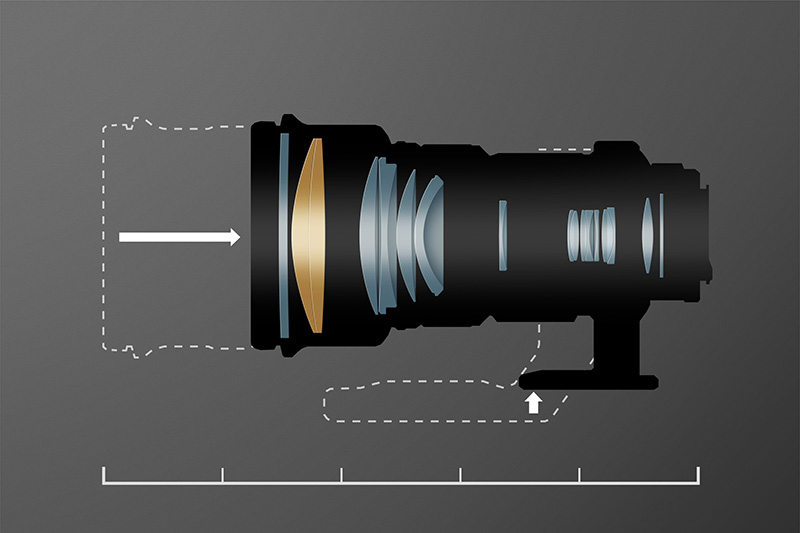
▲ Compared to a 400 mm f/4 lens designed with conventional methods, the overall length of 400mm f/4 DO lens was reduced by approx. 27% (approx. 84 mm). Weight was reduced by approx. 31% (approx. 920 g)
The 3rd Generation DO Lens:Gapless dual-layered diffractive optical elements

▲ The 3rd Generation DO Lens:Gapless dual-layered diffractive optical element
Reduction of ring-shaped diffractive flare
With the 1st generation dual-layer DO lens, there is a layer of air inserted between the diffraction lattices. Because of this air layer and the characteristics of the material that made up the diffraction lattice, when there were bright light sources inside the screen, ring-shaped diffractive flaring would occur centered around the light sources, which degrades the image quality.
In order to solve this issue, Canon incorporated the newly developed 3rd generation DO Lens: Gapless dual-layered diffractive optical element into the new generation EF 400mm f/4 DO IS II USM. The gapless dual-layered diffractive optical elements features new material that makes up each diffraction lattice and the elimination of air layer. The diffraction lattices are thus adhered to each other, with no layer of air between them. As a result, light can enter without any loss, making it possible to reduce the occurrence of ring-shaped flare.


Reduction of flaring in backlight
Furthermore, the gapless dual-layered DO lens is arranged further inside the lens to make it less subject to unnecessary light outside the screen which can cause flaring in backlight. Also as the angle of incidence for light is smaller, the DO lens’s gapless structure means that less light is reflected, and this makes it possible to significantly reduce the occurrences of flaring in backlight.
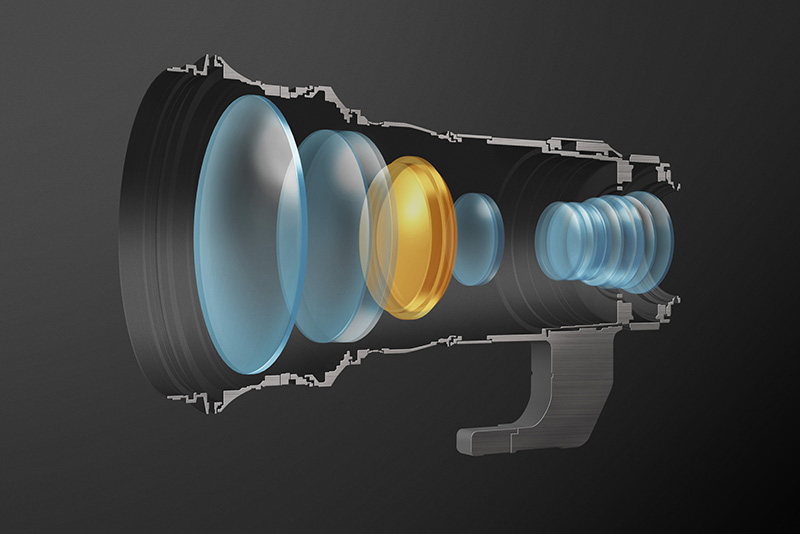
▲The new gapless dual-layered DO lens is arranged further inside the lens in EF 400mm f/4 DO IS II USM
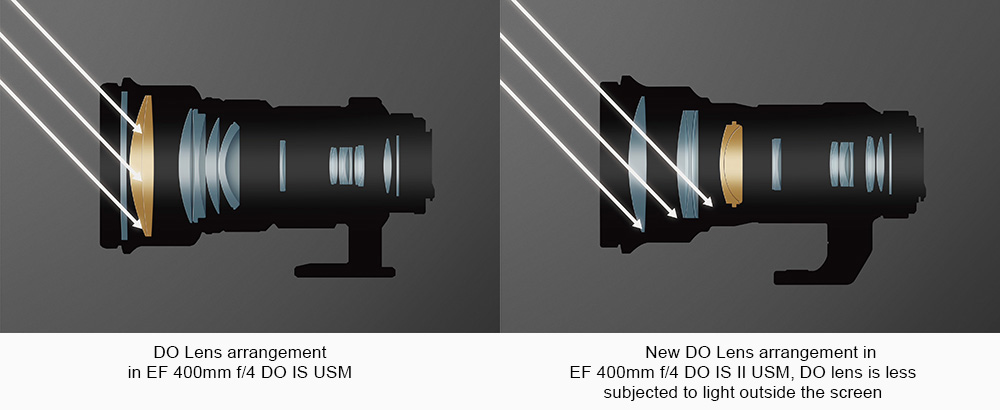
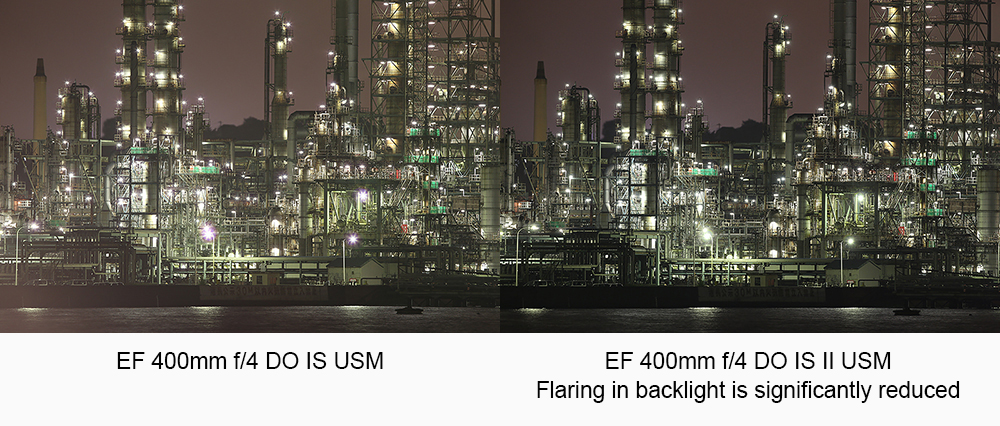
Canon Lenses using the DO (Diffractive Optical) lens
| DO Technology | Canon Lenses |
| 1st Generation DO Lens | EF 400mm f/4 DO IS USM |
| 2nd Generation DO Lens | EF 70-300 f/4-5.6 IS DO USM |
| 3rd Generation DO Lens | EF 400mm f/4 DO IS II USM |
| RF 600mm f/11 IS STM | |
| RF 800mm f/11 IS STM |






